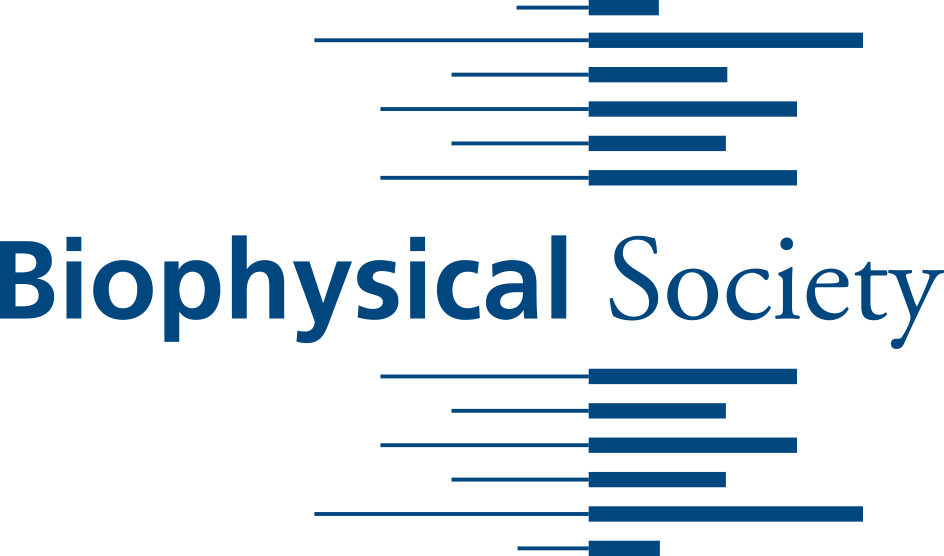Differences in tissue stiffness have potential to aid in diagnosis, therapy
Newswise — Philadelphia, Pa. – The texture of breast cancer tissue differs from that of healthy tissue. Using a cutting-edge tissue diagnostic device, a group of researchers in Basel, Switzerland, has determined one key difference: cancerous tissue is a mix of stiff and soft zones, whereas healthy tissue has uniform stiffness. This new finding may one day help improve breast cancer diagnosis and therapy by providing a unique nanomechanical signature of tumor tissue properties that indicates the potential for the cancer to spread. The team will present its work at the 57th Annual Meeting of the Biophysical Society (BPS), held Feb. 2-6, 2013, in Philadelphia, Pa.
"It is slowly being recognized that a key to the cancer problem lies in the physical properties of the tumor tissue and that biomechanics plays a key role in cancer cell migration, invasion, and metastasis," explains Marija Plodinec of the University of Basel in Switzerland. However, contradictory opinions persist about tissue texture, and the information is hard to get at – cellular mechanics happen at the nanoscale, 1-100 millionths of a meter. This research may help resolve the controversy.
To determine stiffness, the team applied a nanoscale microscope tip to a breast tissue biopsy to make an indentation, then visualized and measured the indentation with an indentation-type atomic force microscope, which provides unprecedented spatial resolution. "The most significant outcome of our measurements is determining that in healthy tissue the stiffness of the sample is homogeneous,” Plodinec says. “Benign tissue exhibits a larger variability and malignant tissue shows a unique, very heterogeneous profile with soft and stiff parts alternating."
A key aspect of their experiment is the adaptation of atomic force microscopy to rapidly collect and correlate nanoscale stiffness measurements across entire biopsy samples. They used a device called ARTIDIS (“Automated and Reliable Tissue Diagnostics”), invented by Plodinec and colleagues Marko Loparic and Roderick Lim. Partnering with industry, their next step is to develop ARTIDIS into an easy-to-use device for clinical application, hopefully within two years.
"A critical advantage of ARTIDIS technology, as we see it, is that it provides an estimate of tumor aggressiveness and metastatic spread based on the unique nanomechanical signature,” Plodinec says. “This signature may have potential prognostic and predictive value as a marker for therapeutic applications."
Presentation #1639-Pos, “The nanomechanical signature of breast cancer,” will take place at 1:45 p.m. on Monday, Feb. 4, 2013, in the Pennsylvania Convention Center, Hall C. ABSTRACT: http://tinyurl.com/b2edbq6
###
This news release was prepared for the Biophysical Society (BPS) by the American Institute of Physics (AIP).
ABOUT THE 2013 ANNUAL MEETINGEach year, the Biophysical Society Annual Meeting brings together over 6,000 research scientists in the multidisciplinary fields representing biophysics. With more than 3,900 poster presentations, over 200 exhibits, and more than 20 symposia, the Annual Meeting is the largest meeting of biophysicists in the world. Despite its size, the meeting retains its small-meeting flavor through its subgroup meetings, platform sessions, social activities, and committee programs.
The 57th Annual Meeting will be held at the Pennsylvania Convention Center (1101 Arch Street, Philadelphia, PA 19107). For maps and directions, please visit: http://www.paconvention.com/explore-philadelphia/directions-and-parking.
QUICK LINKSMeeting Home Page: http://www.biophysics.org/2013meeting/Main/tabid/3523/Default.aspx Housing and Travel Information: http://www.biophysics.org/2013meeting/AccommodationsTravel/HotelInformation/tabid/3621/Default.aspx Program Abstracts and Itinerary Planner: http://www.abstractsonline.com/plan/start.aspx?mkey=%7B763246BB-EBE4-430F-9545-81BC84D0C68C%7D
PRESS REGISTRATIONThe Biophysical Society invites credentialed journalists, freelance reporters working on assignment, and public information officers to attend its Annual Meeting free of charge. For more information on registering as a member of the press, contact BPS Director of Public Affairs and Communications Ellen Weiss at [email protected] or 240-290-5606, or visit http://www.biophysics.org/2013meeting/Registration/Press/tabid/3619/Default.aspx. Press registration will also be available onsite at the Pennsylvania Convention Center in the Biophysical Society’s meeting office, Room 304VIP.
ABOUT BPSThe Biophysical Society (BPS), founded in 1958, is a professional scientific society established to encourage development and dissemination of knowledge in biophysics. The Society promotes growth in this expanding field through its annual meeting, monthly journal, and committee and outreach activities. Its 9000 members are located throughout the U.S. and the world, where they teach and conduct research in colleges, universities, laboratories, government agencies, and industry. For more information on the Society or the 2013 Annual Meeting, visit www.biophysics.org.
For more information, please contact:Ellen R. WeissDirector of Public Affairs and Communications[email protected]240-290-5606
MEDIA CONTACT
Register for reporter access to contact detailsCITATIONS
57th Annual Meeting of the Biophysical Society
